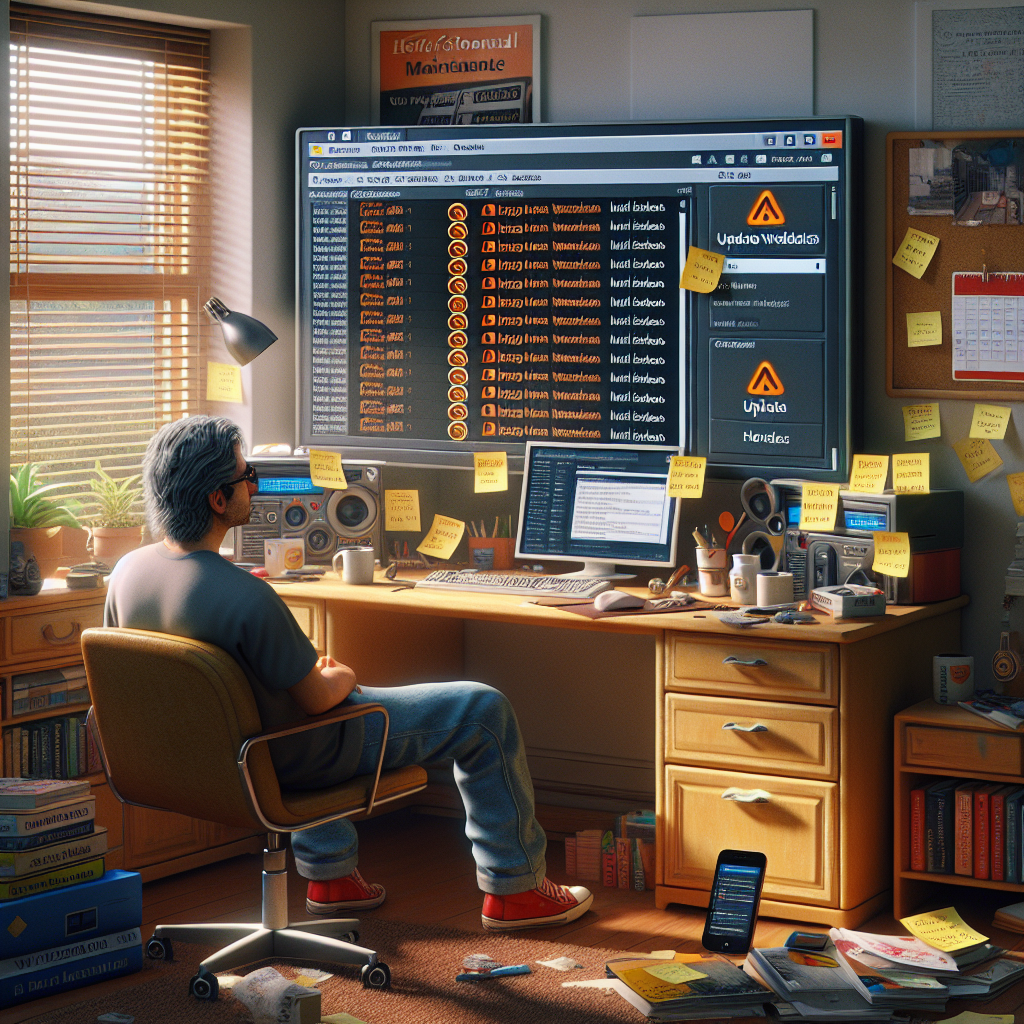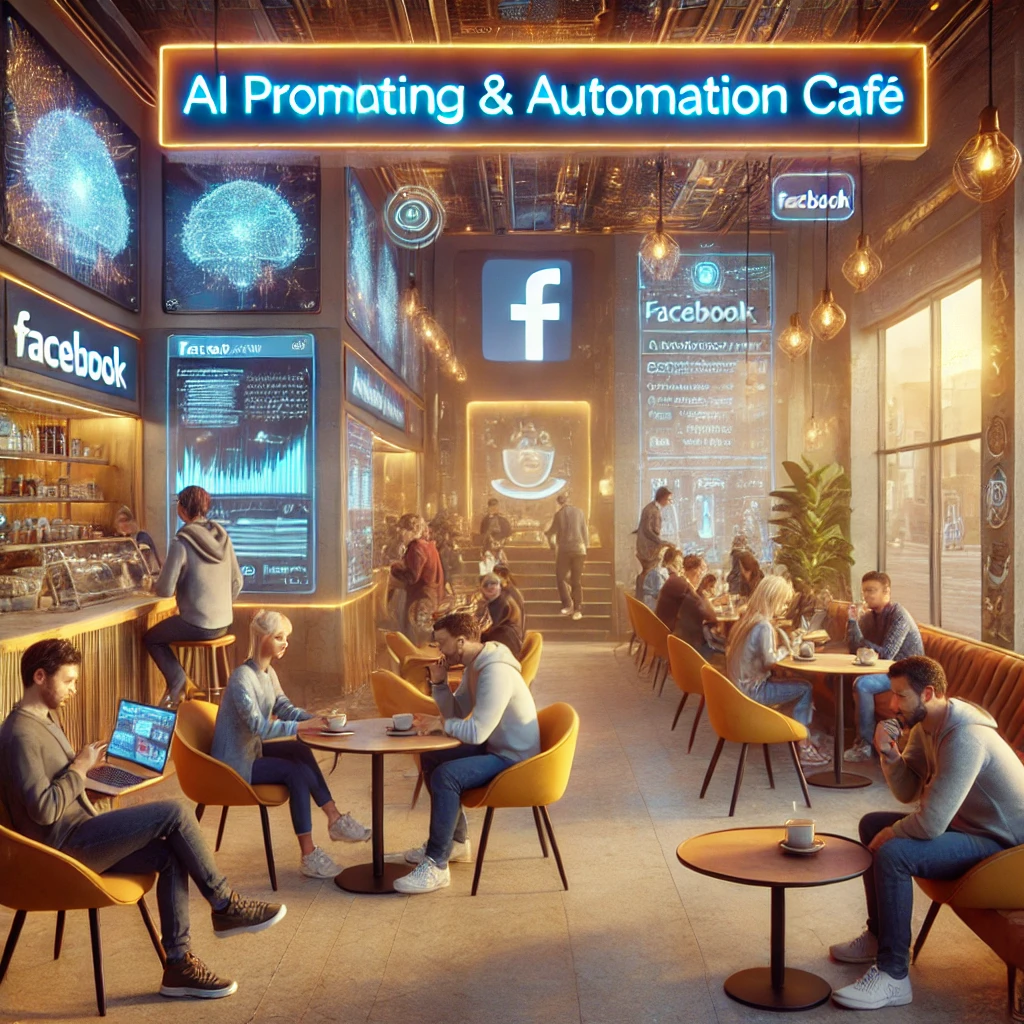Understanding the Scope of the WordPress Update Problem
WordPress powers over 40% of all websites on the internet, making it one of the most widely used content management systems (CMS) globally. However, with great popularity comes great responsibility—especially in terms of security. Despite the abundance of tools and resources designed to keep WordPress secure, many websites continue to miss critical security updates.
A recent paper presented at the Network and Distributed System Security Symposium (NDSS) 2025, titled “The Unusual Suspects: Studying Reasons for Lacking Updates in WordPress”, sheds new light on why so many WordPress sites stay outdated and vulnerable. While some reasons are expected—like neglect or ignorance—others are more surprising and point to systemic issues in how WordPress hosting, development, and management are approached.
The Real Risks of Ignoring WordPress Updates
WordPress frequently releases updates that contain important security patches. By not applying these updates in a timely manner, website administrators put their sites—and their users—at risk. Unpatched WordPress installations can be exploited by hackers to:
- Install malware
- Redirect traffic to malicious sites
- Create spam content to manipulate SEO rankings
- Compromise sensitive user data
Regular updates are crucial not only for protecting data but also for maintaining trust with visitors and clients. The recent NDSS 2025 findings reveal just how complex and multi-faceted the update problem truly is.
NDSS 2025: The Unusual Suspects Behind Update Failures
In their research, the authors examined real-world WordPress installations and engaged with developers, administrators, and hosting providers to determine why so many websites miss critical updates. Here are some of the most insightful and unexpected reasons uncovered:
1. Hosting Provider Misconfigurations
Many WordPress websites rely on shared hosting providers that offer “one-click installs” and promise automatic updates. The research found that in numerous cases, these auto-update features were either misconfigured or disabled entirely—without the website owner’s knowledge.
- Auto-updates disabled by default due to compatibility concerns.
- Outdated server environments that do not support the latest WordPress requirements.
- No alert mechanisms to notify users of failed updates.
2. Poor Plugin Design and Update Practices
Many WordPress admins are hesitant to update their sites due to fears that plugins might break or cause conflict. According to the NDSS study, there is merit to this concern. Researchers found that:
- Plugins often lack backward compatibility, causing errors after updates.
- Some outdated plugins are abandoned but still in use on thousands of sites.
- Developers rarely document changes properly, creating update anxiety.
3. Indirect Site Ownership and Responsibility
Another key issue is the diffused chain of responsibility. It’s often unclear who is actually responsible for maintaining and updating WordPress installations.
- Freelance developers and agencies may build the site and hand it off without long-term support.
- Clients or internal staff assume someone else is in charge of maintenance.
- Hosting providers claim to offer managed services, but exclude plugin and theme updates.
This ambiguity leads to a “not-my-job” mentality, where updates are simply forgotten or neglected.
4. Lack of Awareness or Technical Knowledge
Some site owners genuinely do not understand the risks of outdated WordPress installations. Beginners or non-technical users often believe that once a website is live, their work is done.
- Security is not a visible issue until a breach occurs.
- Many users don’t know updates exist or how to apply them.
- No training or education on WordPress best practices is provided.
5. Fear of Breaking the Site
The “if it ain’t broke, don’t fix it” philosophy is dangerous in the world of WordPress. Many admins fear updates will disrupt site functionality. This fear leads to inaction, even as vulnerabilities accumulate.
- Lack of staging environments to test updates safely.
- Negative past experiences with crashes post-update.
- Custom-built themes or plugins that require manual compatibility checks.
How to Encourage Timely WordPress Updates
Given the variety of factors at play, solving the WordPress update problem requires a multi-level approach. Website owners, developers, and hosting providers must each play a role in cultivating a more secure and update-ready ecosystem.
1. Use Reputable Managed Hosting
Managed WordPress hosting providers often offer robust automatic update systems. Make sure your provider:
- Includes core, plugin, and theme updates
- Provides rollback features in case something breaks
- Supports modern PHP versions and secure configurations
2. Adopt Development Best Practices
By building websites with clean, flexible code and using well-maintained plugins, developers can make the update process less risky.
- Favor plugins from known developers with a track record of regular updates.
- Encourage version control systems for safer deployments.
- Use staging environments to test updates without breaking live sites.
3. Improve Education for Website Owners
Most small business owners or bloggers don’t come from technical backgrounds. Simple efforts can go a long way:
- Create short guides on why updates matter and how to apply them.
- Schedule routine maintenance plans with clearly assigned responsibilities.
- Offer support packages to handle updates and security patches regularly.
4. Encourage Plugin Developers to Focus on Stability
The WordPress plugin ecosystem can be more secure if developers prioritize compatibility and clear documentation.
- Document all update changes and impact areas.
- Maintain strong back-end testing environments to ensure stable releases.
- Flag deprecated or abandoned plugins in the repository clearly.
5. Utilize Monitoring and Alert Systems
Automated tools can flag outdated components and vulnerabilities before they are exploited.
- Use plugins like Wordfence, iThemes Security, or Sucuri for proactive monitoring.
- Set up email alerts for update availability or failed updates.
- Implement daily or weekly scans to identify issues early.
Conclusion: Proactivity Is the Best Defense
Neglecting WordPress updates isn’t merely a technical oversight—it’s a security liability. The NDSS 2025 study reveals that the issue is less about laziness and more about complexity, miscommunication, and fragmented responsibility. By acknowledging these “unusual suspects,” stakeholders across the spectrum—from hosting providers to end users—can work toward a safer and more stable WordPress ecosystem.
If you manage a WordPress website, it’s time to revisit your update strategy. Ask tough questions, audit your update process, and invest in the right tools and partnerships. When done right, updating WordPress doesn’t have to be risky or painful—it can be a seamless, secure part of your digital operations.






